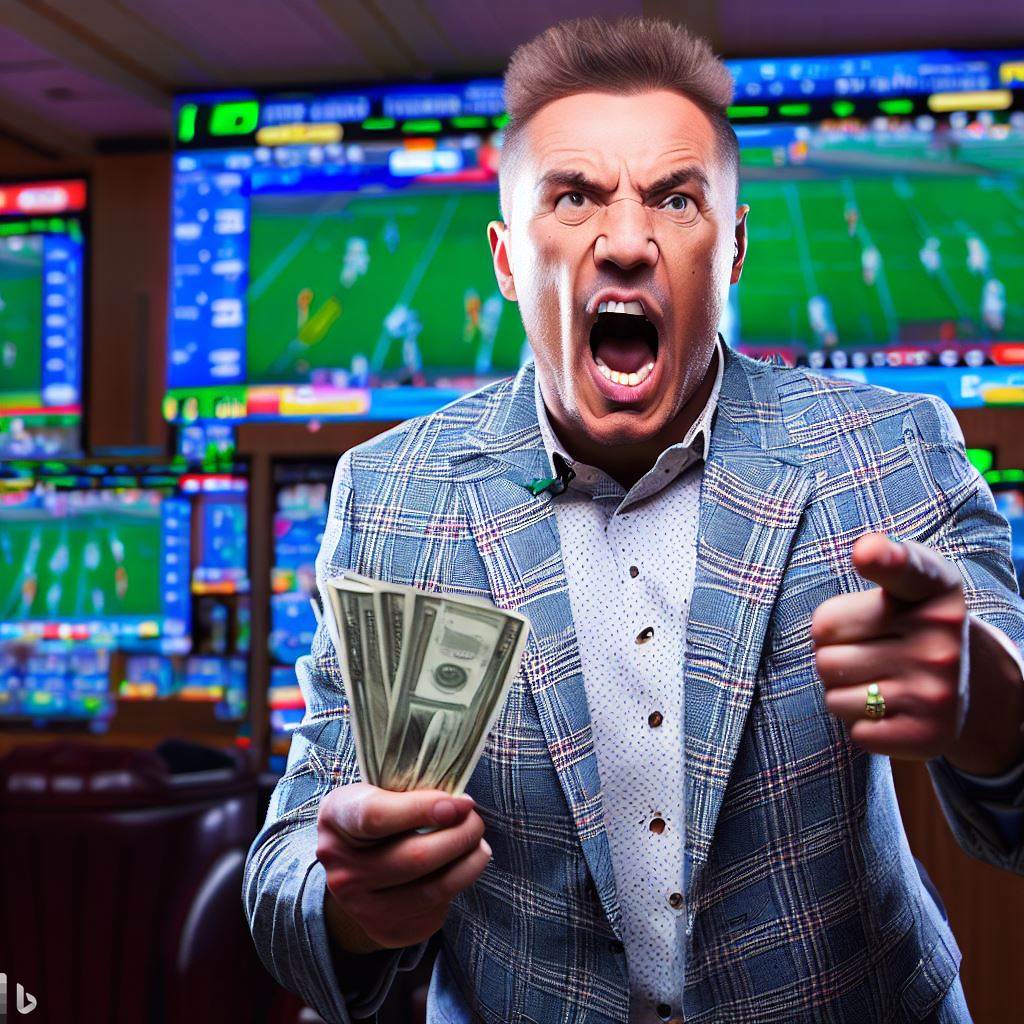During the 1980s, we were part of a group that used computers to win millions in sports wagers from Las Vegas Sports Books. Back then, personal computers were not in everyday use, and the invention we now call the internet was years away from having access to handicapping stats and data. We were successful for two reasons: we were ahead of the odds makers in collecting important information, and we understood how the numbers really worked.
One key to our success was realizing that odds do not predict who will win, but rather who the public thinks will win. Most sports bettors, both professional and novice, do not understand the secrets of the bookmakers. Two-way sports wagers (meaning two teams with a 50-50 chance of winning with no ties) are posted at odds of 11-10. This means you wager $11 to win $10. Half of the players select team A and collect their $10 when they win, while the other players choose team B and lose the contest, paying their bookie $11.
You might think this gives the bookmaker a 4.55% advantage. However, you would be wrong. The big misconception is that bookmakers need to balance their books to ensure themselves a profit. In reality, they need to secure plenty of volume on both sides without balancing the books.
Suppose the bettors in our example game risked $165,000 to win $150,000 on the favorite, while the public only bet $82,500 on the underdog trying to win $75,000. This looks like a mismatch, with the bookmaker heading for big trouble if the favorite wins.
However, if the underdog wins, the sports book makes a profit of $90,000. The bookmaker wins $165,000 from the favorite bettors and pays out $75,000 to the underdog winners. If the favorite wins, the bookmaker loses $67,500. The bookmaker will win $82,500 from the underdog backers but lose $150,000 to the fans who bet the favorite, resulting in a loss of $67,500.
But what does this mean for the bookmaker? The bookmaker is actually risking $67,500 to win $82,500. In other words, the bookmaker is essentially laying $75 to win $100. This means that the house only needs a 42.9% strike rate to break even, after which it’s all profit.
So, in our example, no matter who wins, the bookmaker takes down a 33% profit. This is a huge advantage, and it’s why the general thinking that bookmakers need to balance their books with equal wagers is not true. If you give me odds of losing $75 and winning $100 on a 50-50 coin flip wager, I will beat you every time with this massive house advantage.
